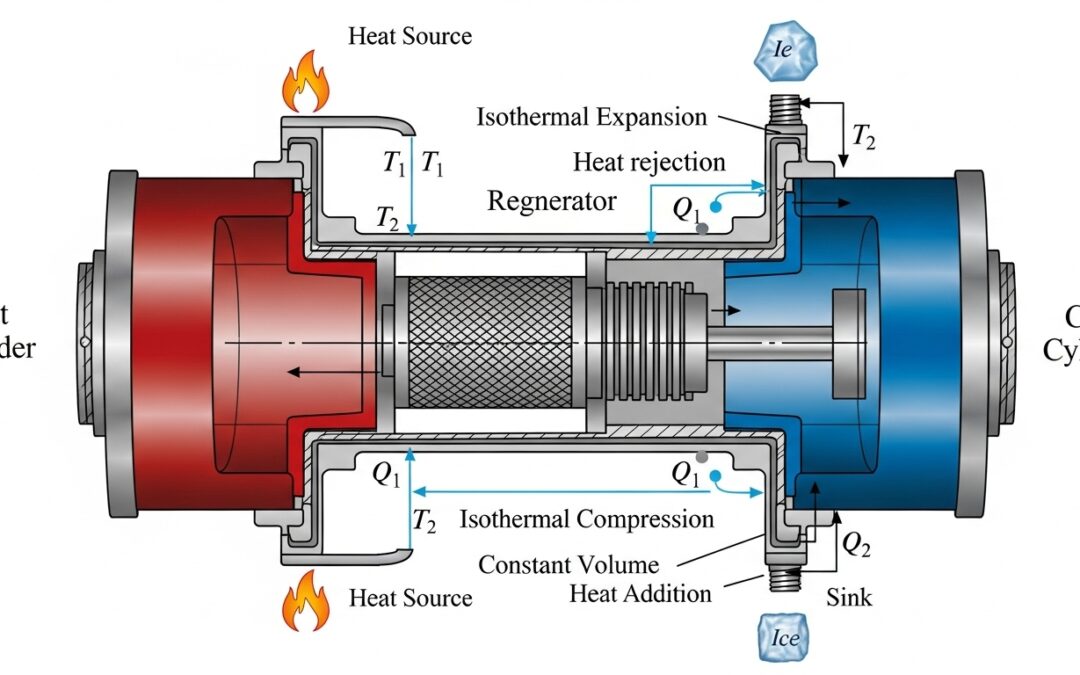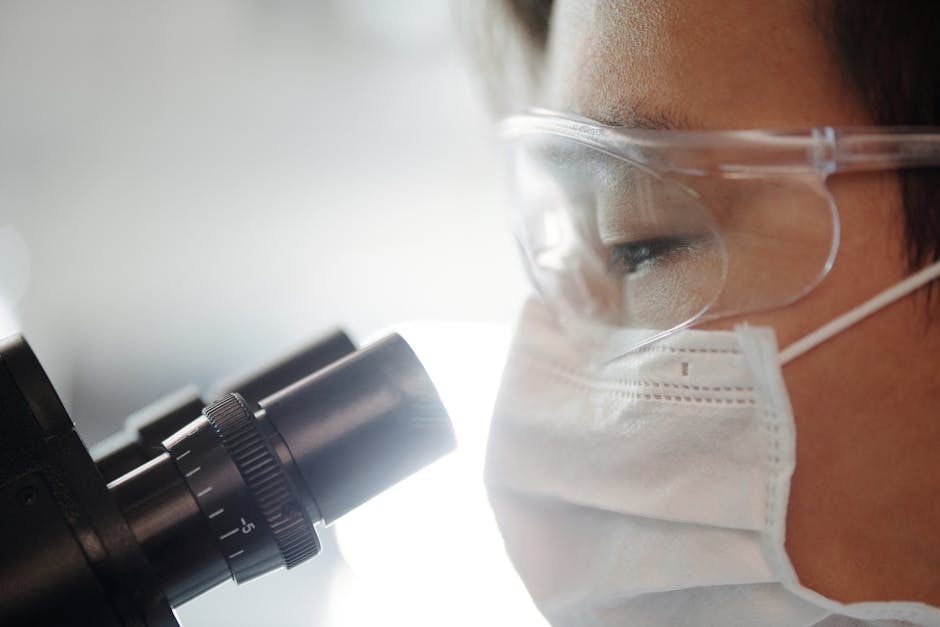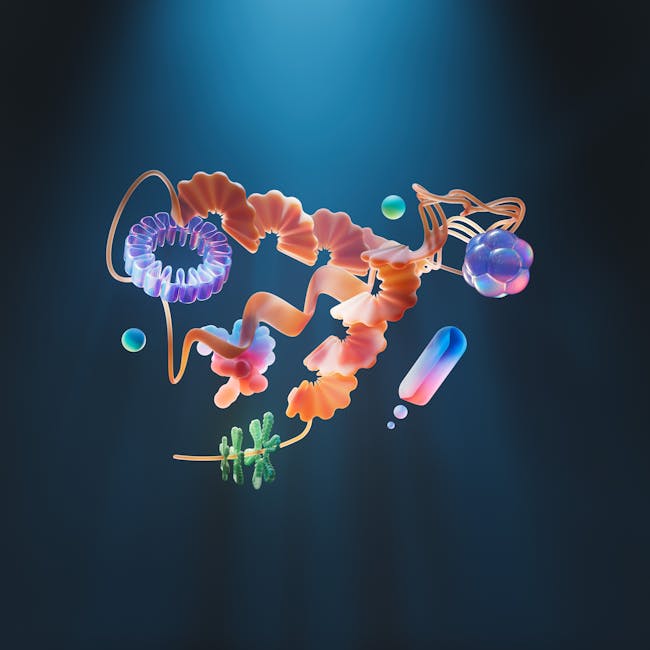This post delves into a novel approach to studying ER protein synthesis detection, a fundamental process in eukaryotic cells. Understanding the intricacies of this process, particularly the journey of proteins to the endoplasmic reticulum (ER), is crucial for comprehending biological functions and disease mechanisms. This innovative method focuses on developing tools to precisely detect problems during protein translocation and disulfide bond formation.
This new approach draws inspiration from natural mechanisms in bacteria, mimicking fusion proteins like MalF-LacZ. Researchers have created a highly sensitive system, utilizing firefly luciferase, to pinpoint disruptions in the protein synthesis pathway. This innovative method promises significant advancements, offering a powerful tool for investigating the complex details of protein synthesis. A key aspect of this innovative approach is the ability to target the reporter molecule to the ER, allowing for precise detection of issues in protein translocation and disulfide bond formation.
Table of Contents
- Unveiling the Secrets of Protein Synthesis: A Novel Approach
- Probing Protein Translocation to the ER: The Reporter’s Role
- Beyond the Lab: Applications and Future Trends
- Conclusion: A Powerful Tool for the Future of Biology and Medicine
- A Powerful Reporter for Studying Protein Synthesis in Eukaryotic Cells
We also Published
“The development of this innovative reporter molecule represents a significant advancement in the study of protein synthesis in eukaryotic cells.”
Unveiling the Secrets of Protein Synthesis: A Novel Approach
Protein synthesis, a fundamental process in eukaryotic cells, is a complex interplay of molecular events. Understanding the intricacies of this process, particularly the intricate journey of proteins to the endoplasmic reticulum (ER) and the critical folding and modifications that occur within, is crucial for comprehending biological functions and disease mechanisms. This innovative approach to studying protein synthesis in eukaryotic cells focuses on developing tools that can accurately and efficiently detect problems during protein translocation and disulfide bond formation. The research presented here details the development of a novel reporter molecule designed to address the limitations of existing methods.
The development of this reporter molecule is inspired by natural mechanisms in bacteria. By mimicking the functionality of fusion proteins like MalF-LacZ, the researchers have created a highly sensitive and specific system for monitoring protein synthesis. The core of this approach is the utilization of firefly luciferase, a bioluminescent enzyme, to detect disruptions in the protein synthesis pathway. This new method promises a significant advancement in the field, offering a powerful tool for investigating the intricacies of protein synthesis.
A key aspect of this innovative approach is the ability to target the reporter molecule to the ER. This targeting is crucial for studying ER-related problems in protein synthesis. The modifications made to the luciferase variant ensure that it is only deactivated when the protein reaches the ER, allowing for precise detection of issues in translocation and disulfide bond formation. This specific targeting significantly enhances the accuracy and sensitivity of the assay.
The research team’s innovative approach has yielded a powerful tool with broad applications. The reporter molecule’s simplicity, robustness, and high reproducibility make it a valuable asset in various fields. The ease of use and high throughput capabilities make it suitable for large-scale screening of small molecules that interfere with protein synthesis, offering a new perspective on drug discovery and disease mechanisms. This advancement will undoubtedly contribute significantly to our understanding of protein synthesis and its role in various biological processes.
Probing Protein Translocation to the ER: The Reporter’s Role
The novel reporter molecule, designed for studying protein synthesis, plays a crucial role in probing the translocation of proteins to the endoplasmic reticulum (ER). The reporter’s functionality hinges on its ability to detect disruptions in the protein’s journey to the ER. The reporter’s targeted delivery to the ER allows for the precise monitoring of the protein’s journey and the identification of any obstacles encountered. This targeted approach allows for a detailed analysis of the processes involved in protein translocation.
The reporter molecule’s ability to detect problems in disulfide bond formation is another significant advantage. Disulfide bonds are essential for protein folding and function, and disruptions in their formation can lead to various diseases. The reporter’s sensitivity to these disruptions enables the detection of these critical problems. The development of this reporter molecule represents a significant advancement in the study of protein synthesis and its intricate processes.
The reporter’s design includes a motif that undergoes glycosylation only upon translocation to the ER. This feature allows researchers to distinguish between issues in protein translocation and problems in disulfide bond formation. This differentiation is crucial for a comprehensive understanding of the protein synthesis pathway. This innovative feature provides a deeper understanding of the intricate processes involved in protein synthesis.
The ability to detect defects in protein translocation induced by potential anti-HIV drugs is a significant application of this novel reporter molecule. This demonstrates the versatility of the approach and its potential for drug discovery and development. This application underscores the importance of this research and its potential impact on medical science. The successful application of the reporter molecule in this context highlights its potential for broader applications in the field of drug discovery.
Beyond the Lab: Applications and Future Trends
The developed reporter molecule offers significant advantages over existing methods for studying protein synthesis in eukaryotic cells. Its simplicity, robustness, and high reproducibility make it an attractive tool for researchers in various fields. The ease of use and high throughput capabilities of the assay make it suitable for large-scale screening of small molecules that interfere with protein synthesis, potentially leading to new drug discoveries. This innovative tool will undoubtedly revolutionize the way researchers study protein synthesis.
The reporter’s application extends beyond fundamental studies of protein synthesis. It can be used to study diseases related to the secretory pathway, providing valuable insights into disease mechanisms. The reporter’s ability to detect defects in protein translocation induced by potential anti-HIV drugs is a promising application for drug discovery and development. This versatility makes the reporter a valuable tool for a wide range of research endeavors.
The future of this research lies in its potential for high-throughput screening of small molecules. The reporter’s suitability for high-throughput platforms suggests that this approach will facilitate large-scale screening of small molecules that specifically block the biosynthesis of harmful secretory pathway proteins. This could lead to the discovery of novel therapeutic targets and treatments for various diseases. This opens up exciting possibilities for the future of drug discovery and disease treatment.
The simplicity, robustness, and high reproducibility of the reporter molecule make it a valuable tool across various fields related to secretory pathway proteins. The potential for high-throughput screening of small molecules that interfere with protein synthesis suggests a promising future for this research. The broad applicability of this method suggests that it will have a significant impact on various fields of research, including medicine and biotechnology. This advancement promises to revolutionize the way we study and understand protein synthesis.
Conclusion: A Powerful Tool for the Future of Biology and Medicine
The development of this innovative reporter molecule represents a significant advancement in the study of protein synthesis in eukaryotic cells. Its ability to detect problems in protein translocation and disulfide bond formation, combined with its simplicity and robustness, makes it a valuable tool for researchers across various disciplines. This research has the potential to revolutionize the way we understand and treat diseases related to the secretory pathway. The future applications of this innovative technology are vast and promising.
The research highlights the importance of developing tools that can accurately and efficiently detect problems in protein synthesis pathways. The innovative approach of using a firefly luciferase-based reporter provides a highly sensitive and specific method for monitoring these critical processes. The simplicity and robustness of the method make it suitable for high-throughput screening, potentially leading to new drug discoveries and treatments. This research has the potential to transform our understanding of protein synthesis and its role in various biological processes.
The reporter molecule’s ability to detect defects in protein translocation induced by potential anti-HIV drugs is a significant step towards drug discovery and development. This highlights the potential of the method to identify novel therapeutic targets and treatments for various diseases. The versatility of the approach makes it a valuable tool for a wide range of research endeavors. This research will undoubtedly have a significant impact on various fields, including medicine and biotechnology.
In conclusion, this novel reporter molecule offers a powerful tool for the future of biology and medicine. Its potential for high-throughput screening, combined with its ability to detect critical problems in protein synthesis, positions it as a valuable asset in various research fields. This research represents a significant step towards a deeper understanding of life processes and the development of new treatments for diseases. The future applications of this innovative technology are vast and promising.
| Concept | Description |
|---|---|
| Protein Synthesis | A fundamental process in eukaryotic cells involving the complex interplay of molecular events. Understanding this process is crucial for comprehending biological functions and disease mechanisms. |
| Novel Reporter Molecule | A highly sensitive and specific system for monitoring protein synthesis, inspired by natural mechanisms in bacteria. Utilizes firefly luciferase to detect disruptions in the protein synthesis pathway, particularly targeting the endoplasmic reticulum (ER). |
| ER Targeting | Crucial for studying ER-related problems in protein synthesis. The reporter molecule is modified to ensure activation only upon reaching the ER, enabling precise detection of issues in translocation and disulfide bond formation. |
| Disulfide Bond Formation | Essential for protein folding and function. The reporter molecule is designed to detect disruptions in disulfide bond formation, which can lead to various diseases. |
| Glycosylation Motif | A feature in the reporter molecule that undergoes glycosylation only upon translocation to the ER. This allows for differentiation between translocation issues and disulfide bond problems. |
| Drug Discovery Applications | The reporter molecule can detect defects in protein translocation induced by potential anti-HIV drugs, highlighting its versatility in drug discovery and development. This application is relevant for large-scale screening of small molecules interfering with protein synthesis. |
| High-Throughput Screening | The reporter molecule’s simplicity, robustness, and high reproducibility make it suitable for high-throughput screening of small molecules interfering with protein synthesis. This potential opens up exciting possibilities for the future of drug discovery and disease treatment. |
| Future Trends | Applications extend beyond fundamental studies of protein synthesis to include studying diseases related to the secretory pathway and potentially leading to new therapeutic targets and treatments for various diseases. |
A Powerful Reporter for Studying Protein Synthesis in Eukaryotic Cells
- Novel Approach to Protein Synthesis: This research introduces a groundbreaking method for studying protein synthesis in eukaryotic cells, focusing on the intricate journey of proteins to the endoplasmic reticulum (ER). This approach addresses limitations of existing methods, offering a more precise and sensitive way to detect problems during translocation and disulfide bond formation.
- Inspired by Bacterial Mechanisms: The researchers cleverly draw inspiration from natural mechanisms in bacteria, mimicking fusion proteins like MalF-LacZ. This leads to a highly sensitive system using firefly luciferase to pinpoint disruptions in the protein synthesis pathway, allowing for detailed monitoring of the process.
- Targeted Reporter for the ER: A key innovation is the ability to target the reporter molecule specifically to the ER. This targeted delivery enables precise detection of issues in protein translocation and disulfide bond formation, crucial for understanding ER-related problems in protein synthesis.
- Detecting Disulfide Bond Formation: The reporter molecule is also designed to detect defects in disulfide bond formation. These bonds are essential for protein folding and function, and disruptions can lead to diseases. The reporter’s sensitivity to these disruptions is a significant advantage.
- High-Throughput Potential: The simplicity, robustness, and high reproducibility of the method make it highly suitable for high-throughput screening of small molecules that interfere with protein synthesis. This opens exciting possibilities for drug discovery and development.
- Broader Applications: Beyond fundamental research, the reporter molecule can be used to study diseases related to the secretory pathway, offering insights into disease mechanisms and potentially leading to new treatments. The ability to detect defects in protein translocation induced by potential anti-HIV drugs highlights the method’s versatility in drug discovery.
- Future Directions: The future of this research lies in its potential for high-throughput screening of small molecules to identify novel therapeutic targets and treatments for diseases. This approach promises to revolutionize the way we study protein synthesis and its crucial role in various biological processes.
We also Published
RESOURCES
- Is the endoplasmic reticulum involved in protein synthesis?
- Endoplasmic Reticulum Structure
- A breakthrough tool for detecting problems during protein …
- Identification of an endoplasmic reticulum proteostasis …
- Talking About Endoplasmic Reticulum Steady State I
- Protein Sorting and Transport, Endoplasmic reticulum
- Lecture 27 Protein Targeting- Endoplasmic Reticuluum
- Identification and characterization of a novel endoplasmic …
- Detection of Transient In Vivo Interactions between …
- The Sensor IRE1 Couples Stress Detection to Protein Production
- Rough ER | Structure, Function & Protein Synthesis – Lesson







0 Comments